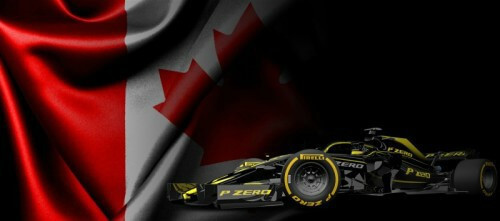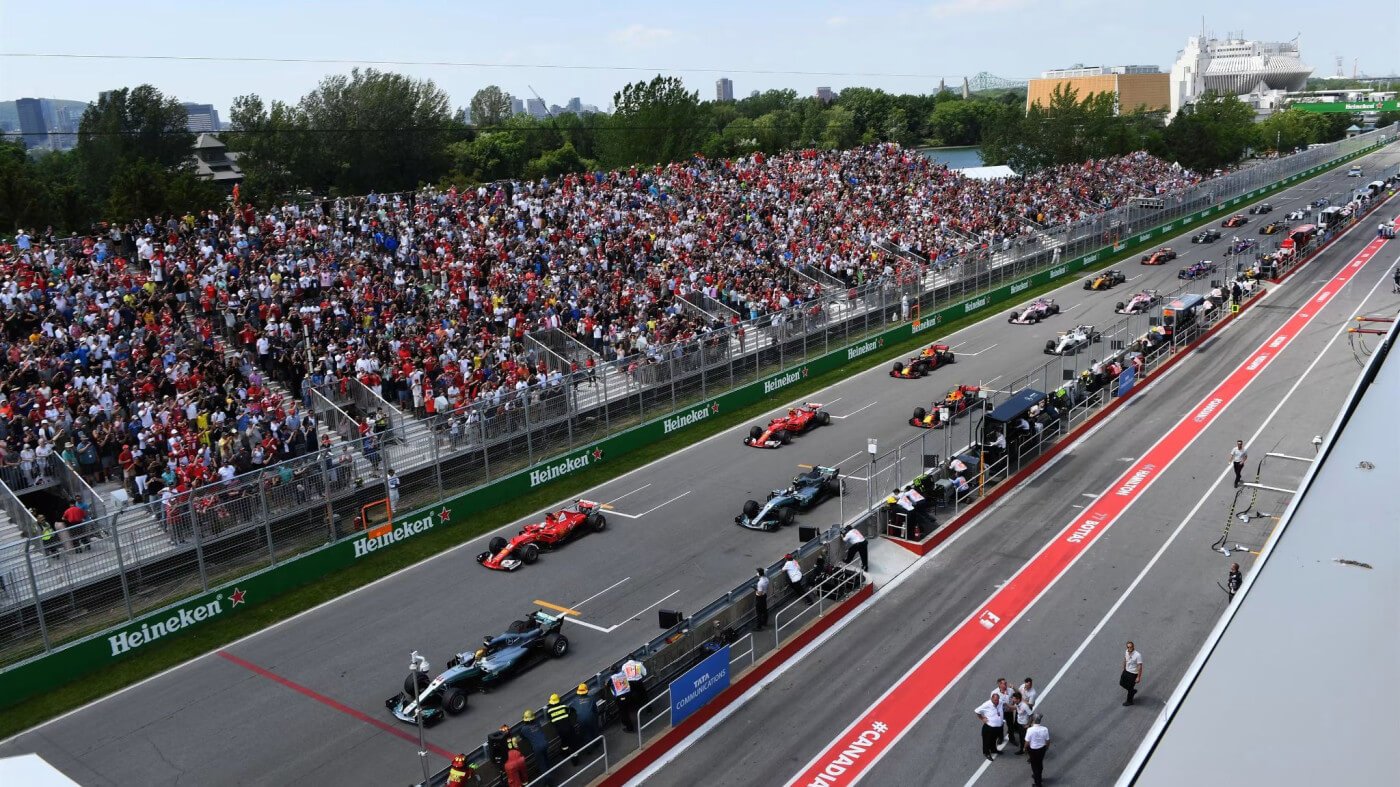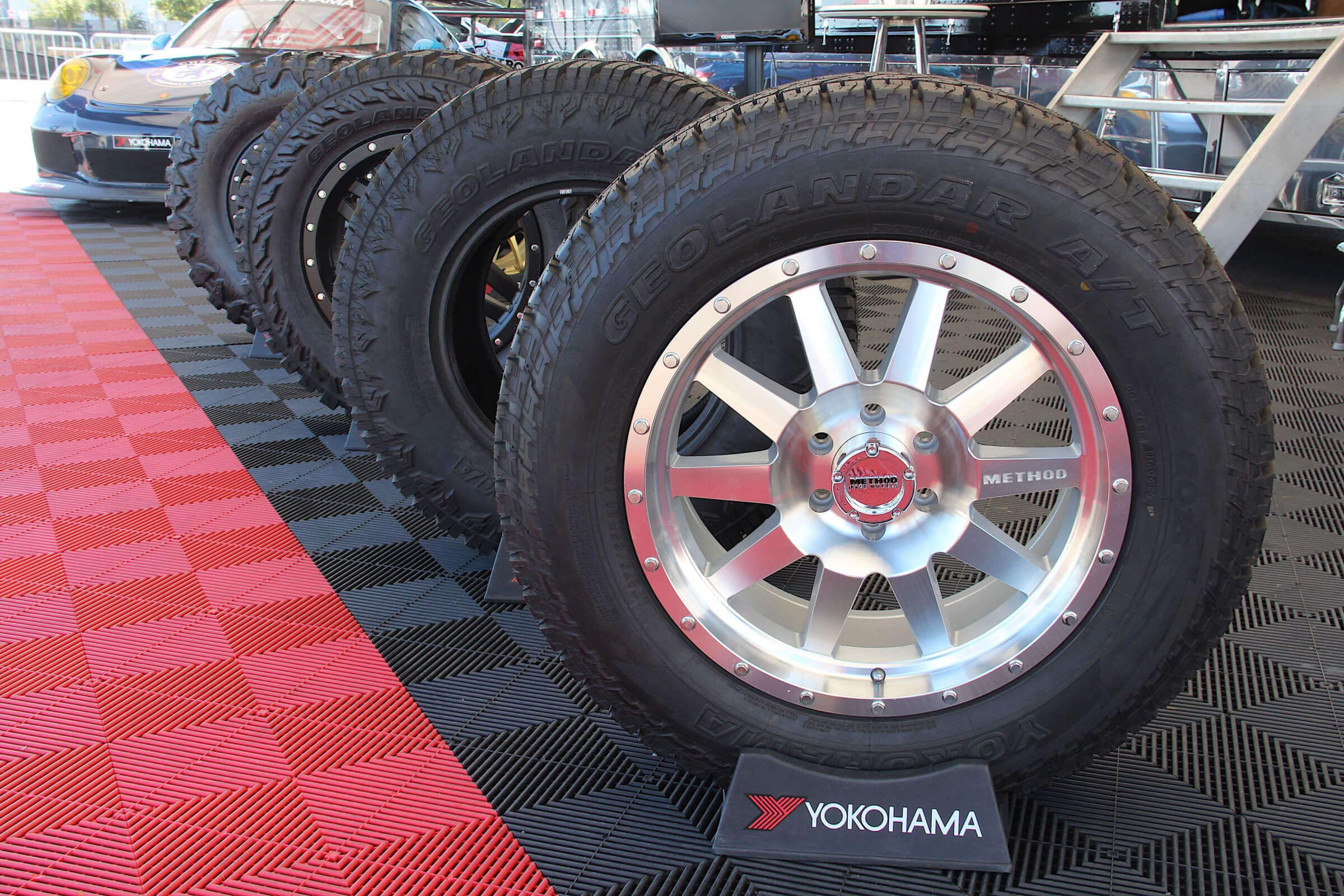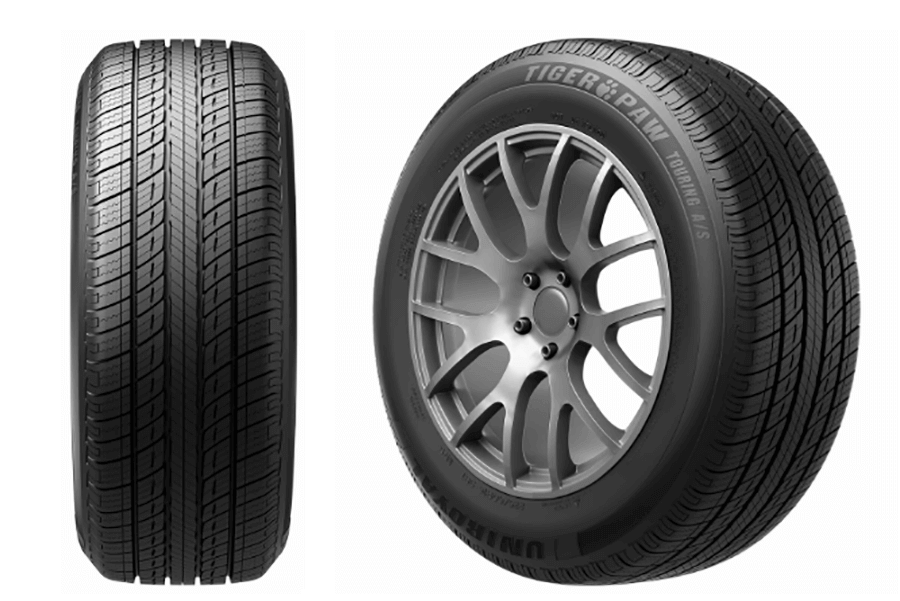You are a racing enthusiast. You know all the drivers, their statistics and you are looking forward to the weekend of the Grand Prix de Montréal. But there may be one thing you know little about, and that’s the tire issue. Because beyond the talent of the driver, and the quality of his mechanics, if he races on tires that are not suitable, he may not be able to take the lead, or even just finish the race .
This is where science comes into action. Pirelli, Formula One’s official supplier, is putting a great deal of effort into a detailed study and unique design to ensure that the right tires are delivered to the right driver during the right race.
In Montreal, for example, drivers will be able to rely on the same tire categories as at the recent Monaco Grand Prix, either soft or very soft tires. The challenge, however, is considerably different, with the track having its own physical characteristics and layout, and the temperature being mostly uncertain at the Canadian Grand Prix.
In fact, the Montreal circuit is renowned for its high demands on car braking. The tires must therefore be able to withstand the temperature changes (remember that the weekend of the Grand Prix has already displayed 30 degrees … but also 4 degrees from time to time). The tires must also be able to withstand the flat surface, these flattened portions caused by excessive braking and wheel lock, a phenomenon that is often seen at the curve of the Jacques-Cartier bridge!
Incredible logistics
 And that’s not all. The company must also ensure the distribution of tires. Each tire is manufactured and brought to the edge of the circuit by the Pirelli team. It is also this team that will be responsible for mounting them directly on the wheels of the cars of each of the stables.
And that’s not all. The company must also ensure the distribution of tires. Each tire is manufactured and brought to the edge of the circuit by the Pirelli team. It is also this team that will be responsible for mounting them directly on the wheels of the cars of each of the stables.
The allocation of tires is done randomly, to avoid that a team can get a direct benefit. Each tire also has a barcode that is registered by Pirelli, before the wheels are sent to the stables.
Then, once the race is over, all the tires, whether used or not, are handed over to the tire team, which will ensure that none has been handled or modified in any way.
The results
How many times have we seen a driver push his luck by delaying the change of tires, but find himself in a precarious position? Or another driver refuse to put the rain tires, and perform an ugly “tête à queue” that makes him lose many places in the standings.
Tires are the key to making pilots on track, efficient and effective. And, to a lesser extent, know that the same rule applies to the tires of your car!
See the Pirelli F-1 Tires line
Learn How the F-1 Tires are made?






